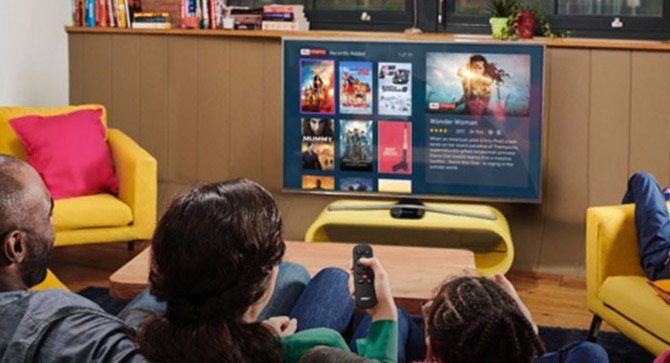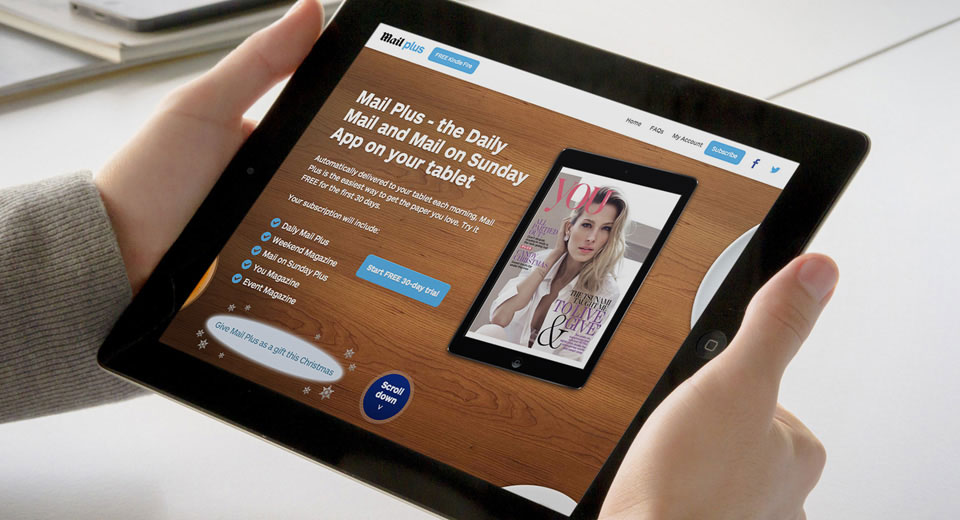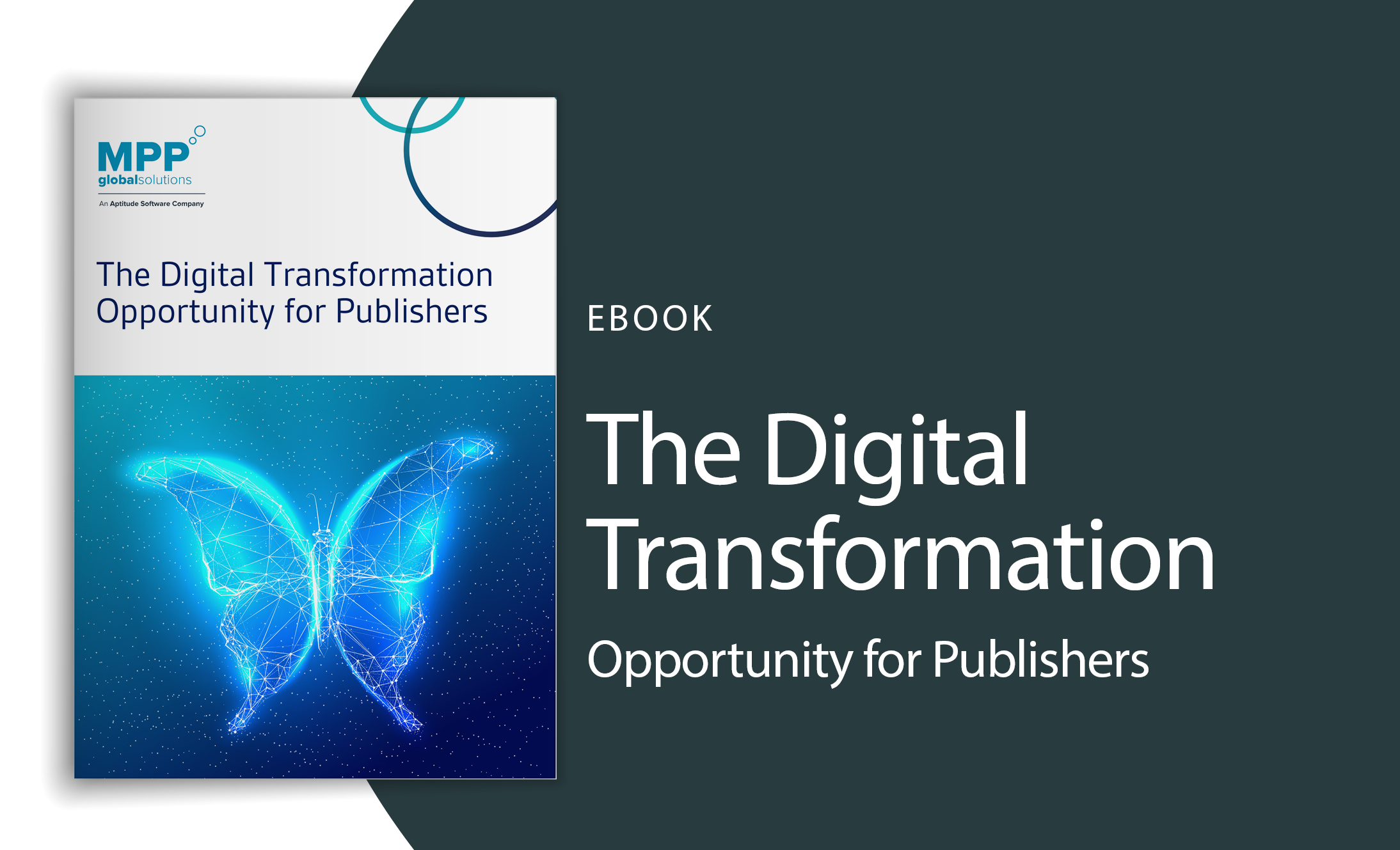Do Your Users Receive a Unified Digital Experience?
In the early days of technology when web designers, programmers, users, and content providers were getting used to providing and using media and entertainment online, there was somewhat of a disjointed online experience. In efforts to keep up with the latest technology: tablets, smartphones, connected-TV, and of course laptops – content providers were desperate to have “something” available.
In other words, there wasn’t the time to spend on designing and providing a connected and cohesive user interface across all channels. Instead there was a push to develop an iPad app, to integrate digital paywalls to the website, to provide an android and iPhone app, and in the case of entertainment companies to get up-to-speed with connected-TV.
What this ended up being was a real mish-mash of content and user interfaces. Consistency was forgotten and instead the focus shifted to the channel rather than the content. Well, now that the industry has a bit of time to catch their collective breath (there aren’t any “new” channels on the horizon right now) it is time to return focus to where it once was: the user.
Ultimately the success and failure of online media and entertainment comes down to users. The number of paying users. The number of unique hits to websites. The number of times the iPad app is downloaded. The number of connected-TV subscriptions. The user is in charge and what the user needs and wants is a cohesive digital experience.
A cohesive digital experience can be the clincher for a user deciding to subscribe, upgrade or simply download an app. Think about this user experience:
- User is at work, visits an online magazine site and discovers that it is possible to subscribe to the digital magazine. But because the user is behind a firewall that blocks this, the user makes a mental note to subscribe later.
- Few days later, the same user is in a coffee shop with his tablet and decides to go ahead and subscribe to the magazine. He opens the magazine app on the tablet and after much searching and clicking, discovers that it is not possible to subscribe to the magazine on the tablet – it must be done through the website.
- The user gets home and spends some time surfing the web but doesn’t remember to return to the magazine website and subscribe. Instead the user completely forgets about the subscription option and doesn’t end up following through.
This is not the user experience that is going to generate online sales and traction. Rather it is the user experience that will turn users away and convince them to look for alternatives. This is why it is critical when looking at your digital product offerings and channels to think of the user:
- What is the digital experience of your average user? If you don’t know, it is time to find out.
- Why do people visit your website?
- What are the experiences when users visit your website vs. iPad app vs. smartphone app vs. connected-TV time? Are there conflicts between what users can and cannot do on each of these channels? Are you seeing higher click-throughs and activity on one channel vs. another?
Being able to answer these questions and thinking like the user allows media and entertainment providers to really give the user what they want. Users don’t want to have to “work” to subscribe to or download content – they want and expect it to be easy and straight-forward. They also want the experience to be the same across all channels.
Just as you don’t notice good customer service but notice really bad customer service – the same holds true for your users. A user likely won’t notice a cohesive user experience where each channel has the same look-and-feel and functionality but be guaranteed that when the user experience breaks down and does not fit together – your users will notice.
Simply having an app for the tablet market or providing an iPhone app does not guarantee customers and sales. Everyone has these now – what media and entertainment companies need to do is think like the user and give them a connected and consistent experience.
 us
us 






 Posted by MPP Global on
Posted by MPP Global on


